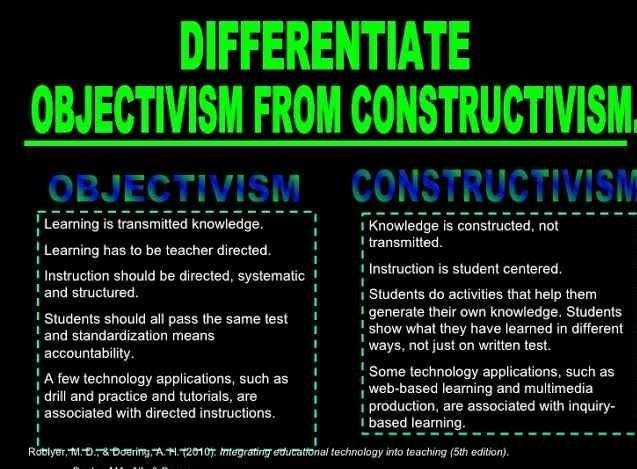I found the above Venn diagram and I liked the way it looks at the different aspects of assistive technology.
I had learned about assistive technology previously, but I haven't used it in a real world example. Some of the previous information that I learned was hard to recall, so this review was helpful. There are so many ways that technology can assist differently abled learners. The article that I read by Greer, Rowland, and Smith listed some resources that could be helpful. The main takeaways for me are that nothing can substitute for good instruction and thoughtful assessment, but there are many supplements that can help the teacher and learner. Some of the barriers that might hinder learners and teachers are financial resources, time, and motivation. Teachers need to be motivated to find additional options to incorporate assistive technology and students and parents need to be motivated as well. With everything going on in the world right now, I am especially happy and thankful that we have assistive technology to help our students.
I had learned about assistive technology previously, but I haven't used it in a real world example. Some of the previous information that I learned was hard to recall, so this review was helpful. There are so many ways that technology can assist differently abled learners. The article that I read by Greer, Rowland, and Smith listed some resources that could be helpful. The main takeaways for me are that nothing can substitute for good instruction and thoughtful assessment, but there are many supplements that can help the teacher and learner. Some of the barriers that might hinder learners and teachers are financial resources, time, and motivation. Teachers need to be motivated to find additional options to incorporate assistive technology and students and parents need to be motivated as well. With everything going on in the world right now, I am especially happy and thankful that we have assistive technology to help our students.


